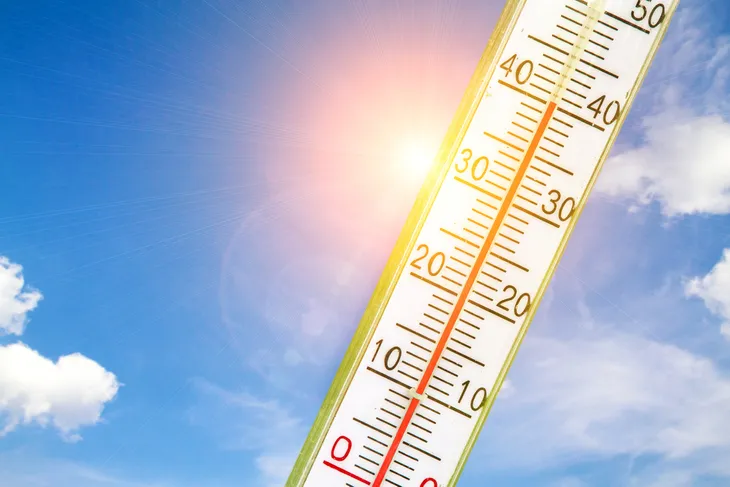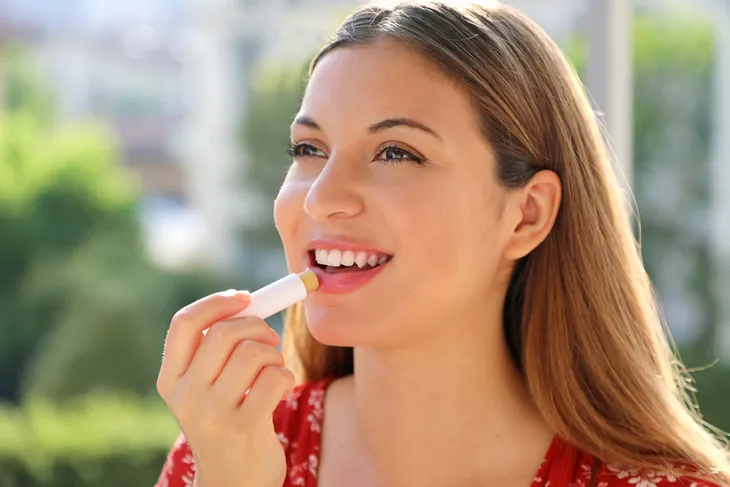The sun is a tough thing to avoid. When it’s out, it follows us all over the place and for the most part, we like it. What we don’t like is the harm that it causes us when we stay under it for too long without protection. That’s where sunblock comes in.
Applying sunblock is the best way to catch rays safely and not worry about the sun’s detrimental after-effects. Some people choose to throw caution to the wind and do without it, often for years on end. Fortunately, most of us have gotten the message about UVA and UVB rays and their link to skin cancer. But we may not be clear about what kind of sunscreen to buy. There are so many different brands with differing sun protection factor (SPF) levels, and it’s difficult to know which one is best. Even when you get the right one, you may still be making sun protection mistakes without even realizing.
Here’s a rundown of the biggest sun blunders…
Not Enough Sunblock
Whether you’re using a lotion, spray, or gel, the rule remains the same: you need to apply sunblock generously and often. It should take about 1-ounce of sunscreen to cover entire face and body for the average adult. The sun doesn’t play games when it’s beaming down on you, and it doesn’t wait for the sunblock to absorb into your skin. It also doesn’t care that you neglected to re-apply every couple of hours or after you’ve come out from the water.
The general rule is to apply the stuff at least 20 minutes before you head outside, so it has time to sink in. If you’re going to be spending a lot of time out there, lather it on. It’s always better to have too much.
The Midday Rays
Many summer lovers want to be out when the sun is shining brightest. Typically, that means in the hours between 10 A.M. and 2 P.M. The sun is radiant then, but it’s also at its most dangerous. If you stay in it too long you may end up paying a price: hopefully nothing more than red skin and peeling a few days later.
You can minimize the risks by using lots of sunscreen, wearing a hat that covers your face and neck, or seeking shade occasionally. If you feel yourself baking, that’s a good time to go for cover, at least until later on in the day.
Sun Hide and Seek
Think of a game of hide and seek. You know that someone is playing along with you, even though you can’t see them. The sun kind of works this way. Just because you can’t see it, doesn’t mean it’s not affecting you. You need protection daily because even on a cloudy day in winter, you’re getting as much exposure to UVA rays as you would on a hot and sunny summer day.
Those UVA rays cause aging and cancer. The best approach may be the same as for any sunny day: if you’re out there for a long time, put on the sunscreen and you don’t have to worry.
Off Summer Season
Those things you place in front of your eyes are called sunglasses, not summer glasses. Just the same, the lotion you apply to protect yourself from the sun is called sunblock, not summer block. Skiers and snowboarders understand that it gets awfully bright out there in the snow during the winter months, and you’ll see more than a few of them looking tanned.
They have to be careful, because the combination of higher altitude and UV rays reflected by the snow puts these winter athletes at an increased risk of sun damage, and ultimately skin cancer.
High SPF Misnomer
SPF stands for Sun Protection Factor and is often misunderstood. According to onemedical.com, it “refers to the theoretical amount of time you can stay in the sun without getting sunburned.” The site notes that an SPF of 15 would allow you to stay in the sun 15 times longer than you could without protection. It also clarifies that a higher SPF blocks out more rays. So, a product with an SPF of 15 will filter out about 93-percent of UVB rays, while SPF 30 filters out about 97-percent. There’s nothing that’s 100-percent effective.
Given these numbers, a false sense of security can easily be reached. But be careful and take the next slide into consideration…
SPF and Varying Factors
A sunblock with a high SPF–60, for example – can be highly effective in the fight against sun overexposure. But that big number doesn’t necessarily mean you are protected if you have fair skin or a family history of skin cancer. In these cases, you may be at higher risk for skin cancer and will need to be especially vigilant.
If you are taking certain medications (i.e., antibiotics or products with retinol) your skin can become more sensitive to the effects of sunlight. And, if you just came out of the water or have been sweating a lot, that high-SPF sunblock could have easily washed off and will need to be re-applied.
Seek Broad Spectrum Protection
Think of broad spectrum protection in terms of a wide-brimmed hat that covers your whole face, thereby offering maximum defence against the sun’s harmful UVA and UVB rays. Often the words “broad spectrum protection” will appear on the sunscreen’s packaging. The website skincancer.org offers more information on what to look for, and notes: “Many of the sunscreens…today combine several different active chemical and physical sunscreen ingredients in order to provide broad-spectrum protection”.
Usually, at least three active ingredients are called for. These generally include PABA derivatives, salicylates, and/or cinnamates (octylmethoxycinnamate and cinoxate) for UVB absorption; benzophenones (such as oxybenzone and sulisobenzone) for shorter-wavelength UVA protection; and avobenzone, ecamsule (MexorylTM), titanium dioxide, or zinc oxide for the remaining UVA spectrum.
Missed a Spot
The middle of your back is a hard place to reach yet the sun will certainly find it if you are lying face down. So, unless you have a friend along to rub sunscreen there, that part is vulnerable. The rays might also penetrate your scalp even if you have a thick head of hair. You may not want sunscreen in your hair so a hat is the best solution. You know that your ears are going to take a beating if you forget to apply there, and the same goes for your nose and neck…and forehead and cheeks. The tops of your feet may be the most often overlooked part of your body. You have skin there too and it should also be protected.
Those Lips!
Of all the parts of your face that get hit by the sun, your lips actually get the most sun exposure. Since they’re next to that wet tongue and mouth, and food and water passes by them so frequently, the lip balm that you faithfully apply is going to wear off quickly. When you’re outside for an extended period, make sure your lip product has SPF protection. Ladies, when using lip gloss, apply it after you’ve covered your lips with sunscreen lip balm. And remember, lip balm is cheap, highly portable and sold at every drug and food store, so you don’t have excuses there.
Makeup is Not Sunscreen
Moisturizer or after-shave lotion—it helps that these things have sunscreen in them, but if you’re under the bright sun for a reasonable period of time, they’re not protecting you sufficiently. That goes for all the foundations and pressed powders out there now that contain sun protection agents. According to experts, you need to apply about seven times the amount of foundation that you typically wear to get the full SPF value of the product. Since you carry makeup with you already, it doesn’t hurt to add a small tube of sunscreen to your portables.













